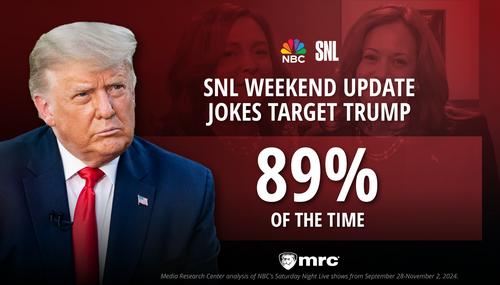Veteran actor Patrick Stewart, who spoke with CNN’s Brian Stelter for Sunday's Reliable Sources to promote his new show Blunt Talk, described how he prepared for his role as a nightly cable news host by watching liberal anchors Jon Stewart and Rachel Maddow.
After he spent time with both hosts, Stewart explained, he “learned very quickly how clever people are who work on those shows. How intellectually clever they are and how articulate.”
The former Star Trek actor continued to heap praise on both liberal hosts, especially the production that went into the production of both shows:
I sat in on productions meetings, 9:00 in the morning, the beginning of the day. Tonight’s show, what is it going to be? And there was never a silence because the moment someone finished talking about a subject or pitching a subject, somebody else was in or there would be 3 or 4 people with their ideas.
So I said to our team, whenever we are having our production meetings, or discussions about what’s going on, there should never be silence. Always somebody has something they want to say that’s really urgent and they want their voice to be heard.
After Stewart joked that the character he portrays, Walter Blunt, would love to have Donald Trump on his cable news show, Stelter asked “[s]o what do you think, Patrick Stewart, actual cable news anchor someday?” The Star Trek actor eagerly took up Stelter’s offer that he “would love to have a go” as a cable news anchor.”
See relevant transcript below.
CNN’s Reliable Sources
August 23, 2015
BRIAN STELTER: This is very much a satire of the news business. How did you study? How did you prepare?
PATRICK STEWART: I have been a news junkie all my life. I love the news. News and sport are my two primary preoccupations with television. But I spent two days, one at the Daily Show and one with Rachel Maddow.
STELTER: What did you learn from them, from Jon Stewart and Rachel Maddow?
STEWART: I learned very quickly how clever people are who work on those shows. How intellectually clever they are and how articulate. I sat in on productions meetings, 9:00 in the morning, the beginning of the day. Tonight’s show, what is it going to be? And there was never a silence because the moment someone finished talking about a subject or pitching a subject, somebody else was in or there would be 3 or 4 people with their ideas.
So I said to our team, whenever we are having our production meetings, or discussions about what’s going on, there should never be silence. Always somebody has something they want to say that’s really urgent and they want their voice to be heard. That was the first thing I got from it. I’ve learnt the techniques of teleprompt reading by watching real anchors and news men and presenters do it.
STELTER: Maybe I can learn from you. What did you learn about reading the teleprompter?
STEWART: The important thing is mot to stay fixed, rigid, staring at it as if there is a poisonous snake in front of you. But to try to be relaxed and easy--
STELTER: Try to be conversational.
STEWART: Yeah, as though you’re just talking. But all the time, you need to have an excellent relationship with the operator who can speed up when you speed up and slow down when you slow down. So, it appears like now that it is all spontaneous speech.
STELTER: If you were in character right now, what would you be challenging me about? What kind of interviewer is Walter Blunt?
STEWART: Tell me Brian--
STELTER: Maybe I shouldn’t have asked this.
STEWART: Tell me Brian, you have a very big election coming up in just over a year’s time. How do you think that election is going to go and most importantly, what impact is it going to have on the rest of the world.
STELTER: I'm trying to think of a way not to use the word Trump in my answer. I can’t.
STEWART: I would love to get Mr. Trump onto Blunt Talk. I think Walter and Donald would hit it off really well.
STELTER: So what do you think, Patrick Stewart, actual cable news anchor someday?
STEWART: I would love to have a go. I would love to.




